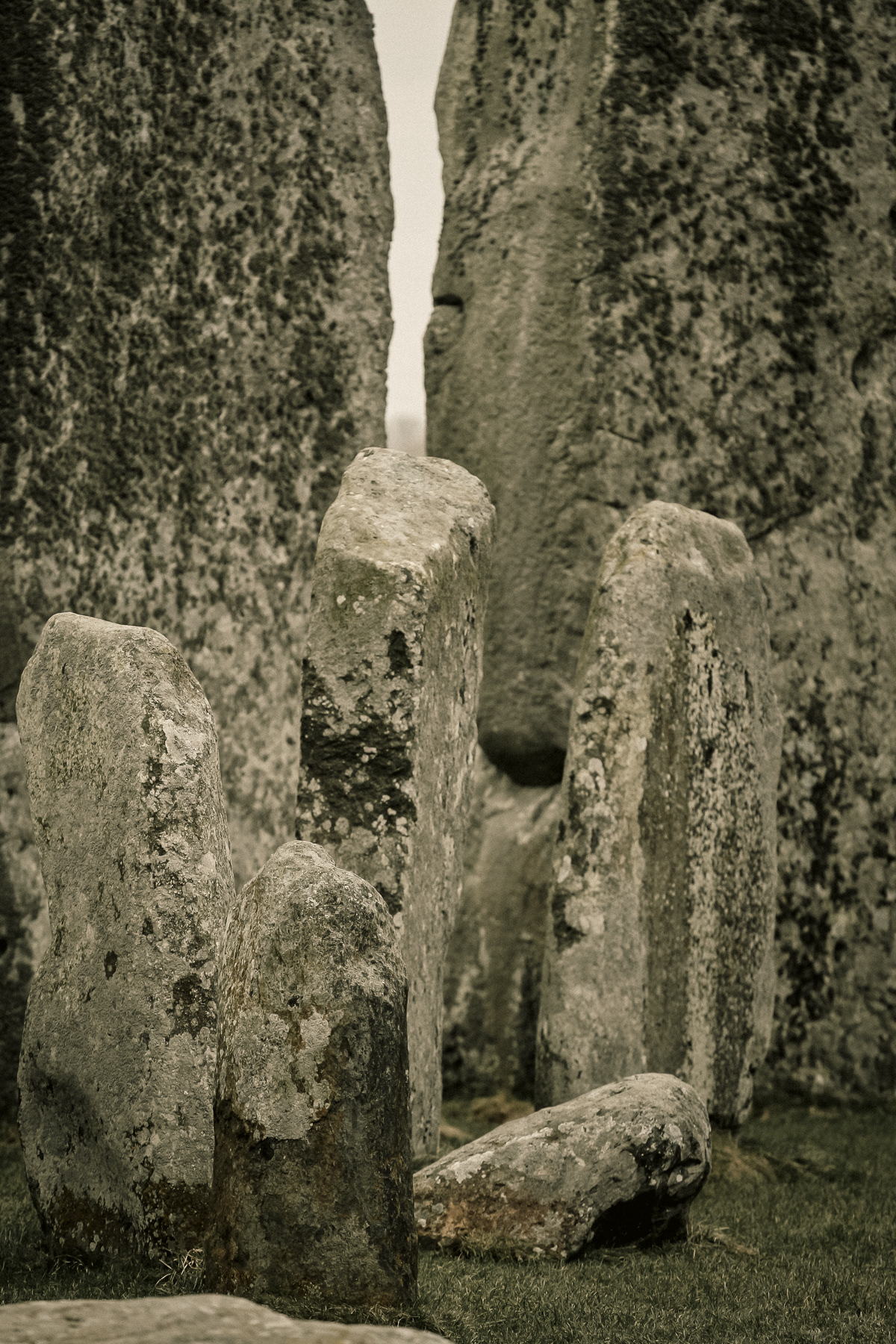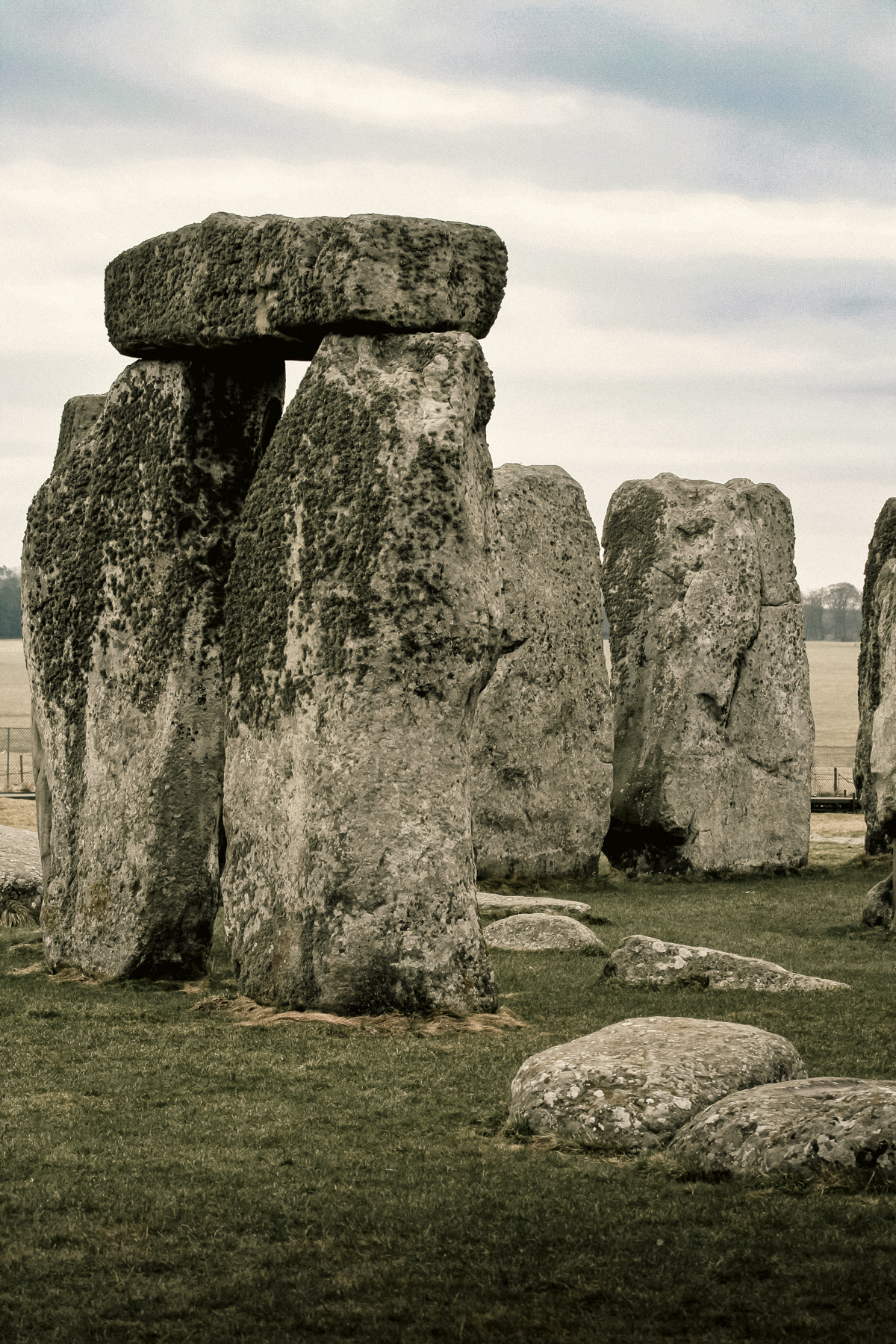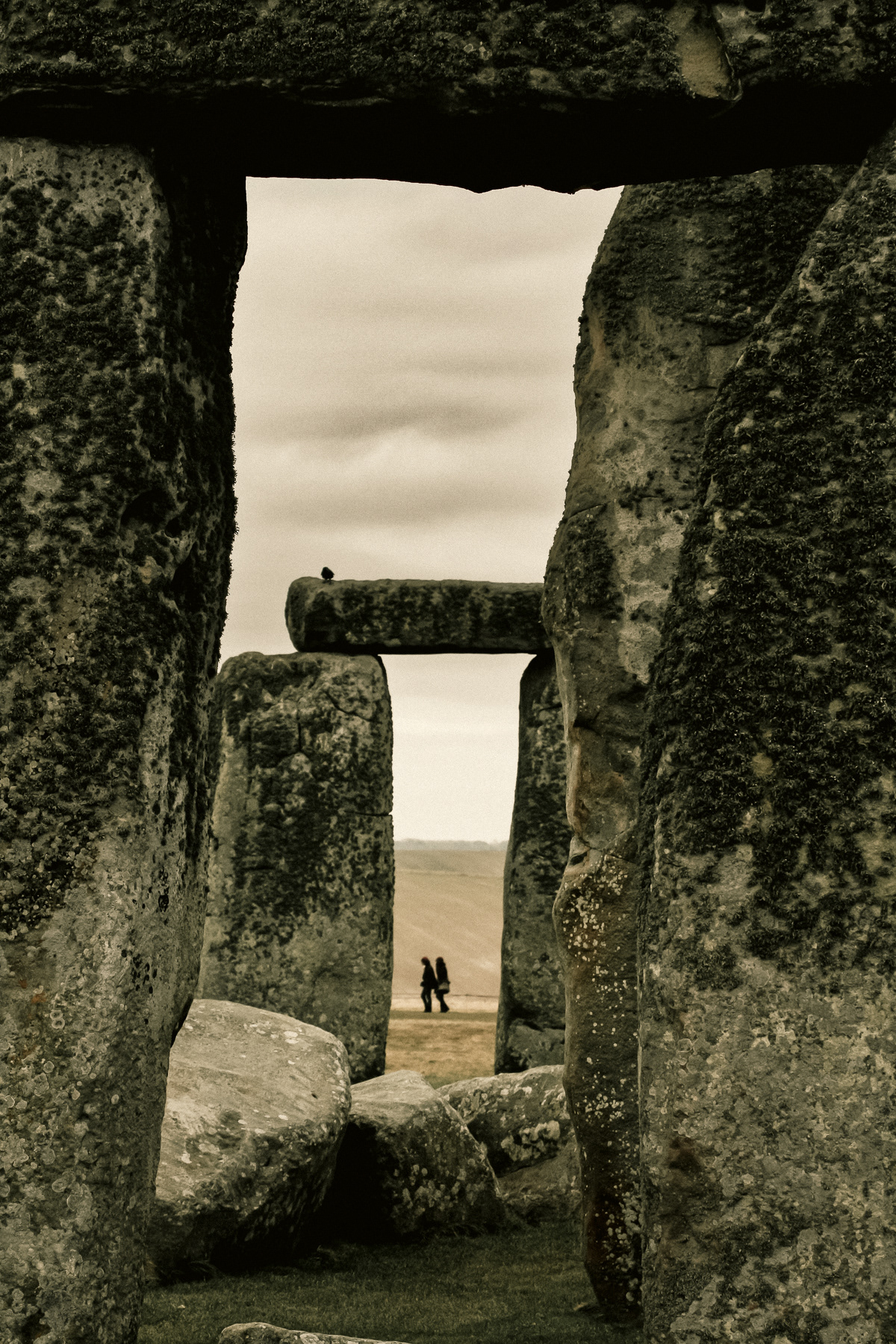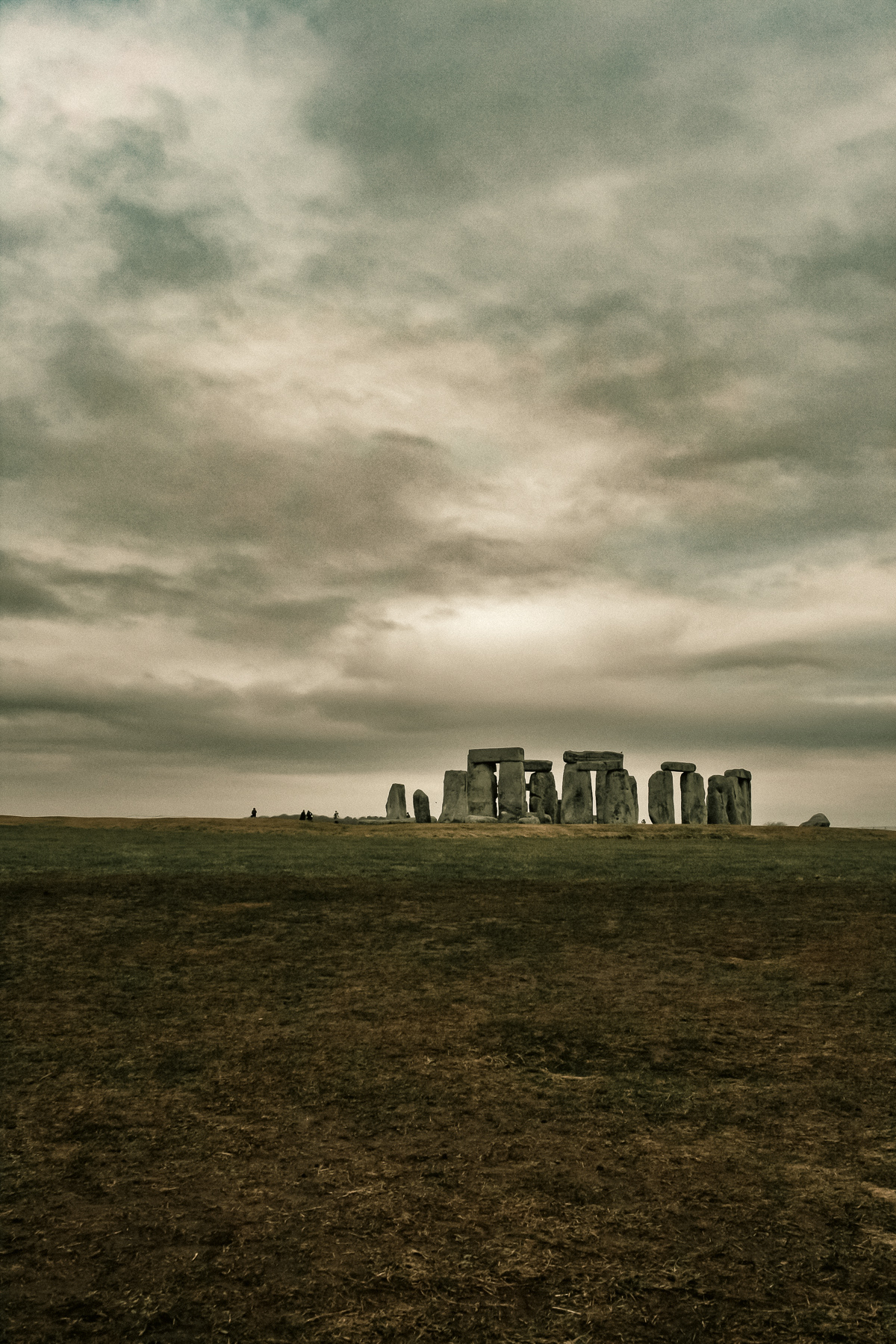Imagine a quiet spot far away from the living world. Seemingly out of nowhere, giant megalith stones rise out from the landscape - surrounded by vast green grassy fields. Like, one is landing on a different planet.
Well, that is not Stonehenge. Situated on top of a higher piece of ground, cars speed by on the often busy A303 west of Amisbury. And if it is not the cars, Britain's military test and evaluation airbase Boscombe Down is just 5 kilometres (3.25 miles) east of the site.
4,500 years ago
That said, once you have parked the car and make the short walk onto the site on a day there are no visitors, Stonehenge does mesmerize. Somebody a long time ago though it was a great idea to pull giant stones from far, far away together and align them with the sunrise on the summer solstice and sunset on the winter solstice. About 4,500 years ago, when there were no tools or machines to make sense of this kind of construction. It makes King Arthur's Round Table in Winchester - not that far away - bleak in comparison.
Stones from 175 miles away
Of all the cryptic circles in the United Kingdom, the one at Stonehenge is probably the most known. Only due to more recent technology some of its mysteries, like where the stones could have come from (spoiler: up to 280 kilometres, or 175 miles, away). A good read is this National Geographic story of 2022: Britain's stone age building boom.
"So, this is it?"
The NG story was not written yet when I visited Stonehenge in a fresh February in 2009. But it would not have mattered that much. Knowing already a bit of the site's history, I was thrown between the feelings of "so, this is it?" to being simply baffled. Blessed with technologies of 2025, I chose to make the small special series I shot that day a little more mysterious toning - as an ode to those who started it all, when the area quite likely was a more quiet spot.




